Soft launch in 2016
Adam Telfer, product lead of Wooga, shared his experience of “soft launch” of his projects within the framework of the latest GDC. The Russian version of the report is on our pages.
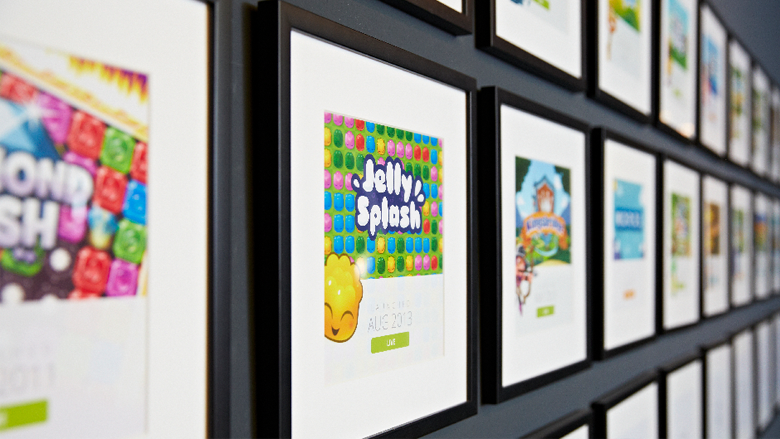
The soft launch has changed significantly in recent years. In 2011, it was much easier to implement a soft launch. Largely thanks to the free viral traffic from Facebook.
Today the situation is different. Traffic is expensive. Launching, in general, is more difficult and more expensive. And it is because of this that the soft launch has become more important than ever.
What is the main advice? If you don’t want to drain the marketing budget during the global launch, make sure during the soft launch that everything is fine with LTV and CPI.
However, it will also cost money. And quite a few.
Marketing costs for Futurama and Max Ammo amounted to about $250 thousand for 5 months of soft launch. This amount includes only the cost of purchasing users.
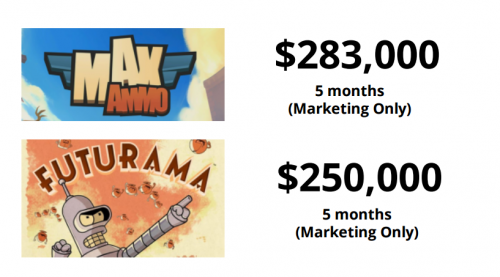
We usually have a soft launch lasting about 4-6 months. This is just the time that allows you to make sure that the project has LTV > CPI, and also gives you the opportunity to increase metrics before the official launch.
In countries where the CPI is usually low, you can try to run your game, but you need to understand that this is nothing more than a test. In order to make sure of the real viability of the project, it is necessary to conduct a soft launch in those regions where the CPI is high. Otherwise, you won’t get the real picture.
Plus, we found that these very “key performance indicators” vary unpredictably from country to country. You can only count on the game to become a hit in key markets, based on the results of a soft launch in those regions that are closest to them (we usually use Sweden and Canada).
Therefore, it is better to carry out a “soft launch” in two stages. Test the functionality of the game in those regions where the CPI is low, and then (in order to make sure that the LTV is greater than the CPI) in more serious countries.
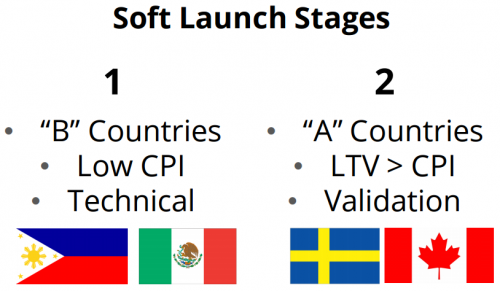
An important point about user retention: it depends more on the quality of marketing than on game features (at the soft launch stage). So if you have added some changes to the game, you should not just sit and wait for them to affect the retention. The reason is that it is very easy to influence the retention by simply adjusting the “marketing mix” (the percentage of users coming from one or another UA source).
For example, in the Magic Gems game, the retention of the first day was 60% for one grid, and 40% for the other.
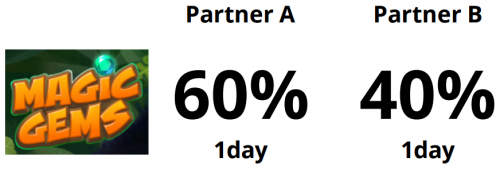
The only possible way to see real changes at the soft launch stage is A/B testing, because at this stage the project has a very small DAU. It takes a long time to get real results from it.
At Wooga, our average retention rates are growing by 0.5-1.5% per month on average. So if your retention rates are far from the planned ones, then it will take a lot of time to raise them.
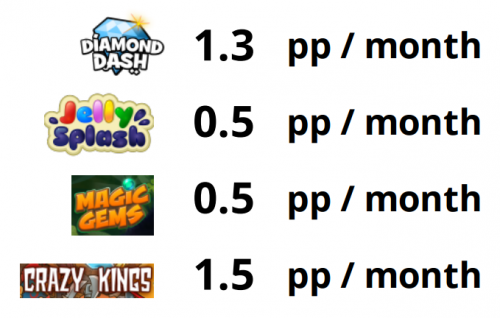
If everything is fine with the game, then retention rates are usually kept at the same level. Noticeable growth is usually achieved using these three methods:
- search for places where users “fall off” using the optimization funnel;
- optimization and reduction of tutorials;
- finding too difficult moments in the game and softening the difficulty curve.
If we talk about monetization, we have seen that these indicators can be increased for a long time after launch. This is done with the help of events, sales and seasonal content.
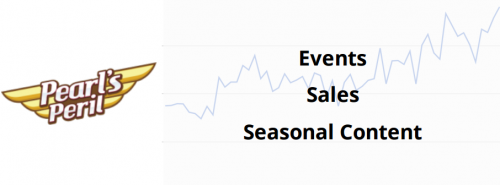
Therefore, if it is not possible to balance LTV and CPI only because of monetization, then this moment can be corrected after.
In conclusion, we note: soft launch is not a panacea. If during the trial run the performance of the game is far from ideal, then do not expect that the soft-launcher will answer all the questions, fix each metric will help and make the game a hit. Development is expensive, it is difficult to draw conclusions, and the growth of the game’s indicators will be slow in any case.
Slides for the report are here.
A source: mobilefreetoplay.com